It is the wish of many people to write well. It's just that some people achieve it and some people don't. Facts have proved that as long as the method is appropriate and enough effective practice is carried out, it is entirely possible to practice calligraphy well. So for practicing calligraphy, what methods and principles need to be mastered in order to get twice the result with half the effort and be the most effective? What method is the most effective for practicing calligraphy? Now 15 Calligraphy Practice Network gives you effective calligraphy practice methods:
1. Emphasize that the posture of holding the pen must be correct
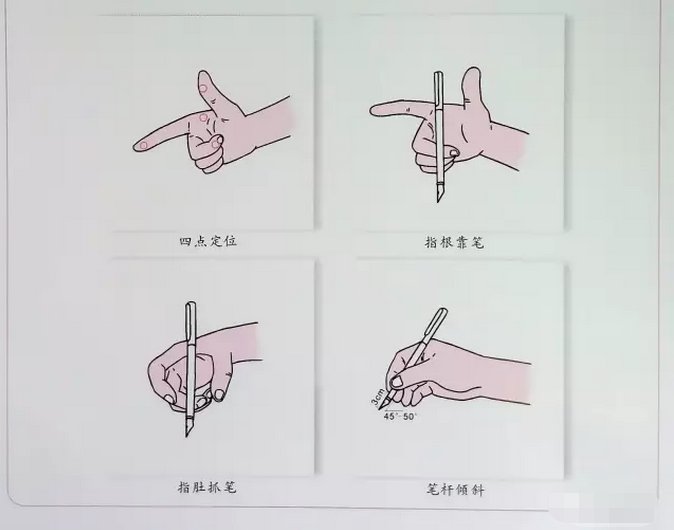
This is the most basic and extremely important premise. In calligraphy, many techniques for using the pen are actually about how to exert force. When the pen is held in the hand, how to exert force depends entirely on the posture of holding the pen. Do you think the way you hold a pen is important?
2. It is better to practice one word a thousand times than to practice a thousand words once.
When practicing calligraphy, remember not to be greedy for too much. Practice one word conscientiously first, and then practice the next one, which is better than anything else. Because only by spending enough time on a word can you deeply understand its writing style and structure, can you have your own experience, insights and insights, and can you truly absorb the nutrients from that word.
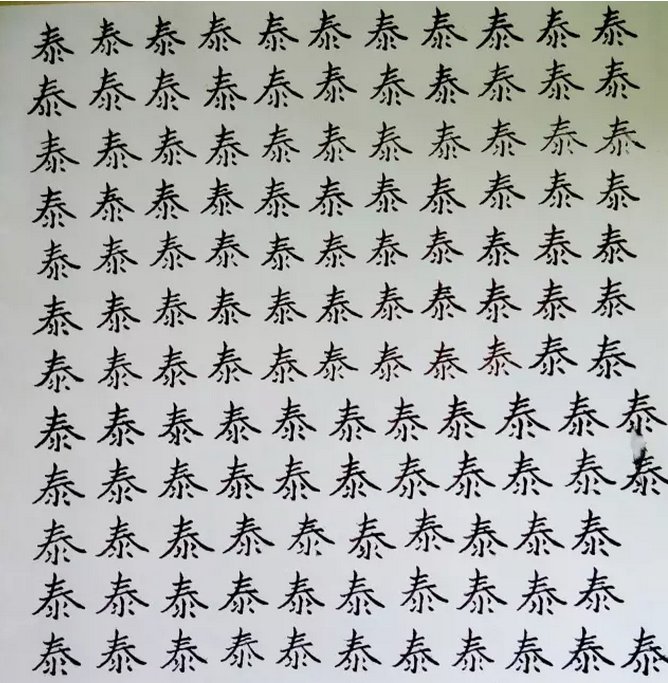
For writing, in fact, the methods and techniques of using the pen and the rules of the frame structure are similar in many words. So it seems that we spent a lot of time practicing one word, but in fact, what we learned from this word can be used when writing many other words.
3. The main practice method is "Lin".
Methods for practicing calligraphy include "drawing", "copying", "prompting", etc.
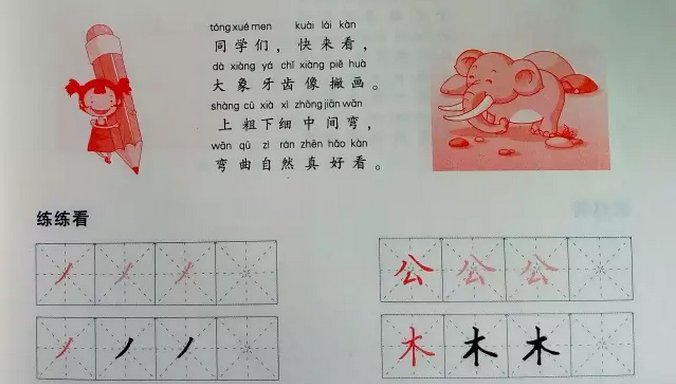
Trace, that is, fill in along the original writing path of the word to be practiced.
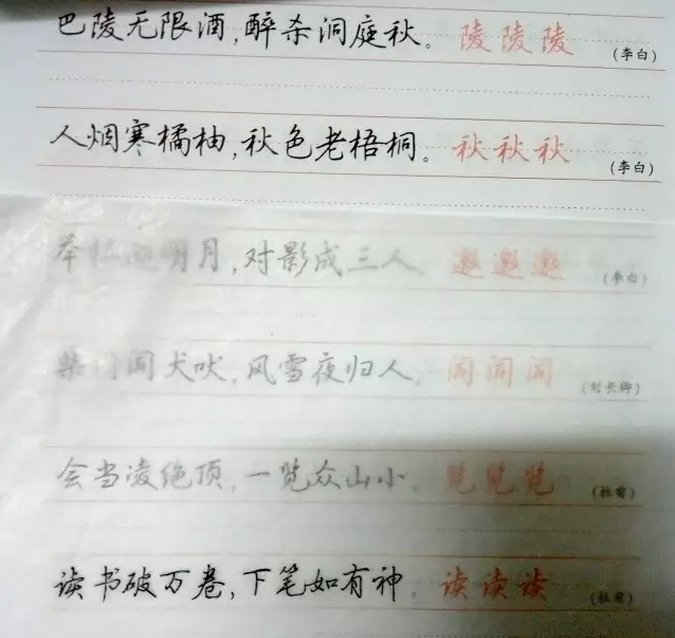
Copying is to cover the copybook with transparent but ink-impermeable paper to directly copy.
"Tracing" and "copying" can help practitioners understand the shape, running direction and trajectory of strokes and Chinese characters, and are also helpful to grasp the glyphs. It is suitable for children who are new to writing. The reason why the two methods are not very effective is that they are too dependent and the practitioners lack thinking. What he or she learns in tracing often cannot be used when writing independently.
The main and most important way to practice calligraphy is "lin". "Lin" is divided into "face to face", "back to face", "meaning face to face", etc. In the early days, "face to face" was mainly used.
"Opposite" means to imitate according to the model characters on the copybook. How to write the model characters is how the practitioner writes. The more similar it is to writing, the better. The second point mentioned above is that I would rather practice a word a thousand times, which means to practice a word repeatedly (early stage).
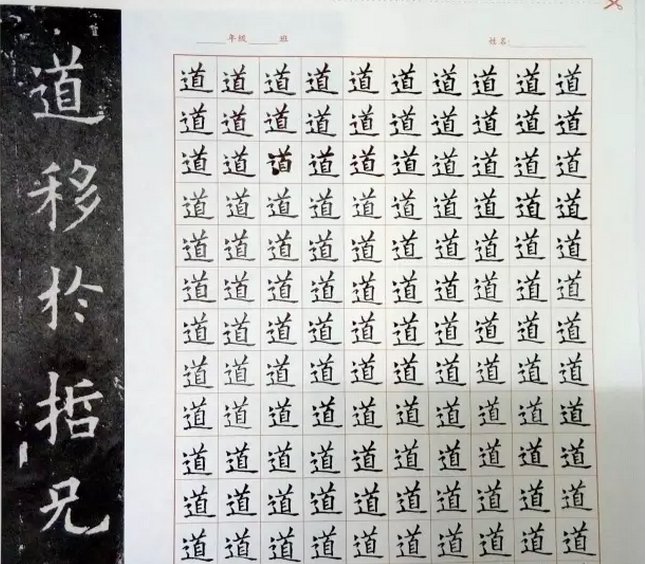
Back-to-back refers to having memorized the stippling, structure, and shape of the character Fan, then leaving the template and imitating the character Fan from memory. Yilin does not seek to be exactly the same as every word or painting in the model, but focuses on pursuing the spirit and overall charm and artistic conception of the model.
You need to keep four words in mind when writing a post: quiet, close, slow, and accurate.
"Quiet" refers to a person's quiet mind.
"Close" means to place the copybook as close as possible to the place where the strokes are started, so that the weight and position of the strokes can be seen clearly, and it is also easier to compare the written words with the copybook and find problems in time. Beginners should emphasize similarity in form before pursuing similarity in spirit.
"Slow" means that the speed of writing should be slow. This slowness is relative. Only when you write slowly can you write well. Beginners should slow down when writing, but be careful not to stagnate. After you become proficient, you can speed up appropriately. .
"Accurate" means the thickness and position of the strokes are accurate. The weight, length, and density of each stroke should be consistent with the copybook. This can only be achieved under the first three conditions.
4. Use it as soon as you learn it, learn it and apply it flexibly.
this point is very important! What does it mean? You must use what you learn when practicing calligraphy! Use it now, use it constantly, use it anytime, use it forever! Write how you write when you practice, write how you write next time, and write like this all the time in the future. (Until you learn or comprehend a better way of writing.) Only by continuous application can what you learn (whether it is brush technique, force generation principle, stroke form, structural rules or composition layout, etc.) be gradually internalized into Our own abilities are transformed into our own abilities.
All in all, the most effective way to practice calligraphy is to use the correct posture to hold the pen, copy the words on the calligraphy stickers one by one, and apply the skills learned and comprehended from them in a timely and continuous manner in daily writing. way.








